This is not a post about making clothes for vegetables – although that would be entertaining. This recipe was inspired by a recipe I found in New York Times Cooking for Marinated Grilled Vegetables. While many of the ingredients are the same – the big difference is the measurements for the dressing.
The original recipe called for far more olive oil, vinegar and mustard. Even the first time we made it I cut back on the olive oil by a quarter of a cup and it still turned out to be too much dressing. However the flavors and method used were both good so we decided to give it a second try. This time we got it just right.
This is the perfect recipe for this time of year when summer vegetables are abundant at local farmers markets or in your garden. We used beautiful peppers, eggplant, zucchini, summer squash and scallions from a Bryn Clovis Farm CSA farm box pick up. Bryn Clovis Farm CSA in Malvern, Pennsylvania is in its first season of growing and is currently selling weekly farm boxes full of gorgeous vegetables. Ranny Moran, farmer and owner, plans a more traditional CSA subscription model next year for the season.
I love grilled vegetables but I find that they can be a bit dried out once they come off the grill. That’s not the case with these vegetables. As soon as they come off the grill, you toss them in a simple dressing made of olive oil, vinegar, whole grain Dijon mustard, Aleppo pepper, shallots and basil. The still warm vegetables soak up the dressing while also softening the shallots. They are both flavorful and moist.
This recipe is so adaptable. Don’t limit yourself to the vegetables I suggest – use whatever you have on hand that takes to the grill. If you haven’t tried grilling scallions, I encourage you to do so as we find there are never enough. You can also change the dressing – use balsamic or sherry vinegar, try a different hot pepper (or leave it out entirely), or add in more fresh herbs. There is lots of room for experimentation.
These vegetables can be made a few hours in advance and served at room temperature. While we served them as a side to grilled chicken, you could put them in a salad, on a sandwich, in an omelette, or serve as part of an antipasto platter. They also keep a few days in the refrigerator if you happen to have leftovers.
If you’re local to the Malvern, Pennsylvania area, I recommend you check out Bryn Clovis Farm CSA – you can learn a bit more about it in a recent post.
| Dressed Grilled Summer Vegetables | Print |
- 2 pounds of grilling vegetables such as peppers, eggplant, zucchini, summer squash and/or scallions (or any other vegetables you like)
- 3 tablespoons extra virgin olive oil (divided)
- 1 tablespoon red wine vinegar
- 2 teaspoons whole grain Dijon mustard
- ½ teaspoon Aleppo pepper (or to taste) (see Notes)
- 2 medium shallots, thinly sliced
- ½ cup fresh basil, thinly sliced
- Kosher salt and freshly ground black pepper
- Cut vegetables into large enough pieces so that they don’t fall through the grill grates – eggplant, zucchini and summer squash can be cut into rounds or lengthwise. Toss in a large bowl with 1 tablespoon of olive oil and a little Kosher salt and freshly ground black pepper. Set aside.
- Whisk red wine vinegar, Dijon mustard, Aleppo pepper, shallots and basil in a small bowl. Slowly whisk in 2 tablespoons olive oil. Season with Kosher salt and freshly ground black pepper.
- Using a gas grill, heat all of the burners to high. Once the grill is heated up, clear the grates with a grill brush. Keep all burners on high during grilling.
- Spread the vegetables out on the grill. Flipping occasionally, grill until well browned, about 3 to 15 minutes depending on the vegetables. Close the lid between flipping.
- Transfer the dressing to the large bowl that had contained the uncooked vegetables. Add the cooked vegetables to the bowl as they come off the grill and toss with the dressing. Let sit for 5 minutes.
- Transfer vegetables to a platter for serving. Serve at room temperature.
- Leftovers can be stored in the refrigerator for up to 3 days. Bring to room temperature before serving.
* If you don’t have Aleppo pepper, substitute ½ teaspoon red pepper flakes (or to taste), ideally ground using a mortar and pestle.
Source: Variation on recipe from New York Times Cooking


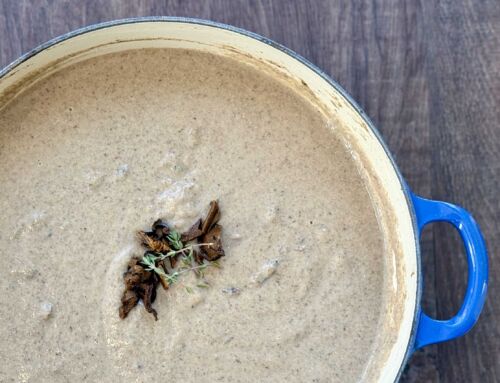
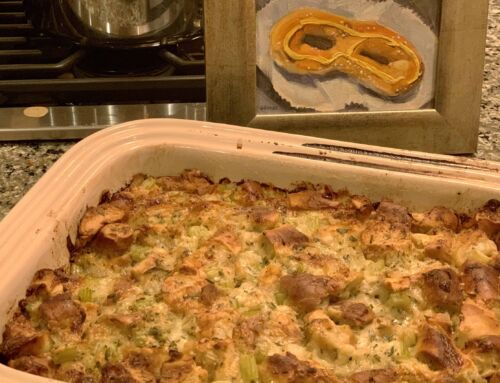
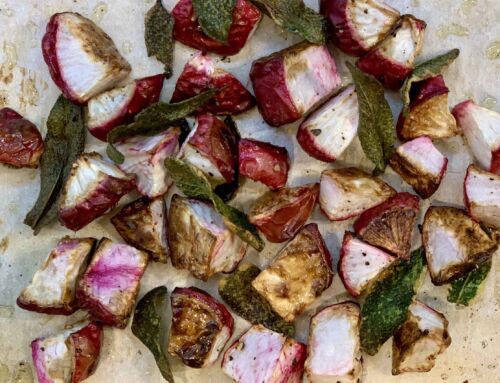
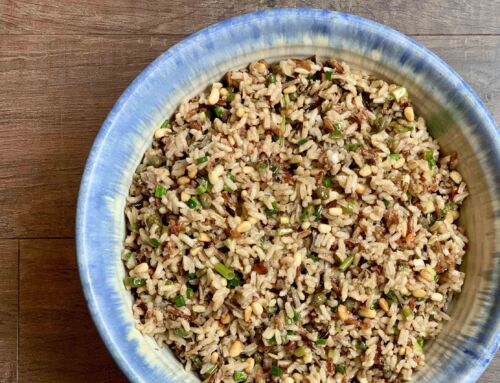
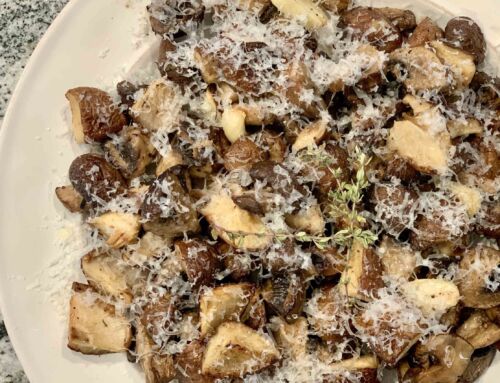
Leave A Comment